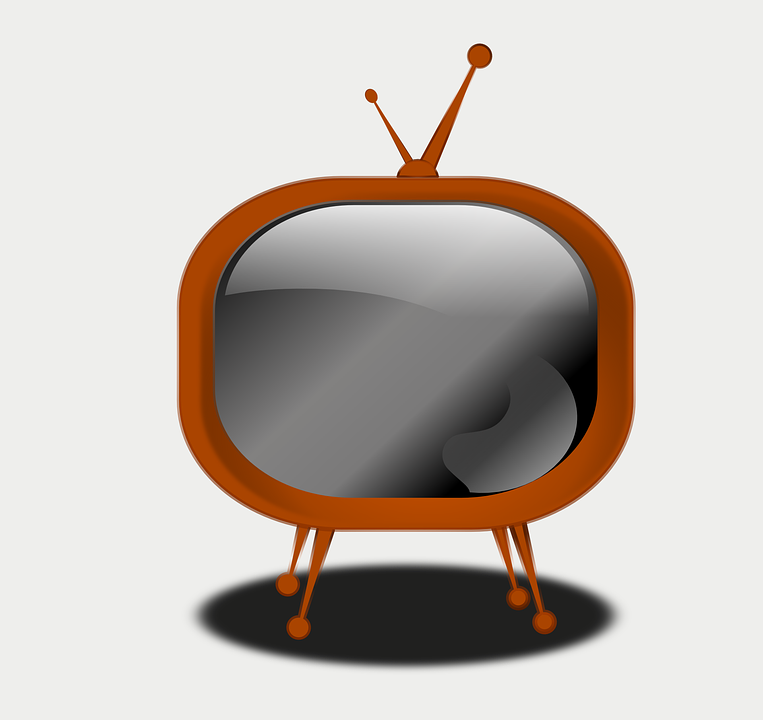
I felt a bit like a dinosaur as installers from Comcast spent a morning wiring my house for cable TV. Many people are “cutting the cord,” just as I’m having new ones strung. But after seeing all those commercials for Comcast’s Xfinity X1 TV system, I wanted to try it out for myself.
I had earlier tried out Dish Network service. Dish offers the ability to automatically record prime time programming for major network shows while Xfinity allows you to watch many of those and other shows on demand, even if you didn’t record them.
Dish’s Hopper automatically skips commercials when playing back recorded prime time shows from some networks. Most personal video recorders have a 30 second skip-ahead button. Like all personal video recorders, you can also pause, fast forward and rewind.
My other favorite feature is a very little thing that makes a big difference. When you’re watching in a darkened room, the remote automatically backlights when you pick it up. My wife doesn’t like me watching TV in bed after lights-out but, if I do (which is rare), at least I can change channels without having to turn a light on.
I’m not going to compare pricing because — as with cellphone service — it’s difficult to compare “apples to apples.” What I suggest is that you read the fine print and pay special attention to starter deals that can go up in price after the first year or two.
You should also carefully evaluate the programming options and consider getting a minimal cable package supplemented by online subscriptions like Hulu, Amazon Prime and Netflix.
Will cord cutting save money?
Accessing video online may save you money but it’s also possible for you to pay as much or even more, depending on what services you subscribe to. For example, if you add up the monthly price for Netflix HD ($9.99), Amazon Prime ($8.25) and Hulu Plus ($8), you’re already above $20 and you don’t yet have access to local channels, CNN and other basic cable shows. You can add Sling TV, which lets you stream 20 channels, for another $20 a month and you’ll now have CNN (but not MSNBC, CNBC of any of the Fox News or business stations) along with ESPN, Travel Channel and other programming. If you want HBO, you can get that unbundled for another $15 a month. So, before cutting the cord, think about what you like to watch and do the math. Also explore downgrading your cable or satellite service to a less expensive package and getting your movies and other premium content online.
Other ways to save
You can also consider switching providers to take advantage of lower introductory rates or try your luck by calling your provider and telling them that you plan to switch unless they can reduce your rate. It may or may not work but it’s worth a try.
It’s worked for me in the past for all sorts of services, including getting credit card companies to waive an annual fee.
You might be able to get good reception for free broadcast channels like ABC, CBS, NBC and PBS if you have an antenna. ChannelMaster.com has an antenna selection guide on its support page that lets you type in your ZIP code to find out how far you live from various TV broadcast antennas. The company sells antennas starting at $10 and personal video recorders for over-the-air programs starting at $249 with no monthly fees in either case.
There are also free ways to watch TV online. Most networks offer some episodes of their programs for free on the web or mobile apps. CBSN, the streaming service of CBS News, is a pretty good free alternative to CNN.
TV viewing is being disrupted with all sorts of new choices, so it’s a great time to shop around. Still, if you’re looking for a laid-back experience and time-tested ritual of a remote control to surf hundreds of channels, there is something to be said for that dinosaur experience from cable or satellite companies.
Disclosure: Larry Magid is CEO of ConnectSafely.org, a nonprofit Internet safety organization that receives contributions from Comcast and other companies.